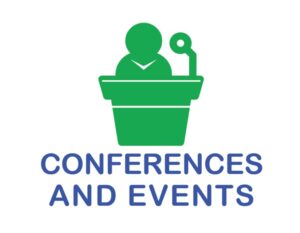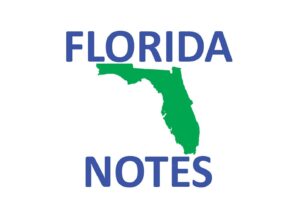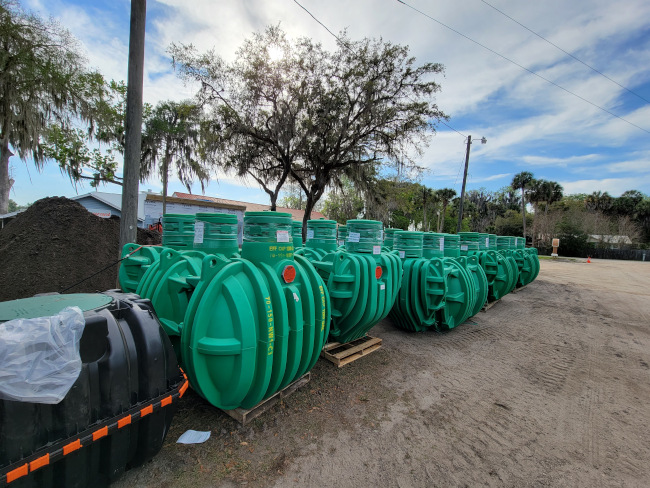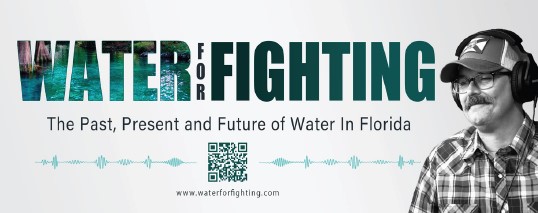By ADAM TANK,
Chief Customer Officer,
Transcend Software

As Artificial Intelligence (A.I.) and ChatGPT dominate headlines, it’s tough to avoid discussions about how these technologies will transform the role of engineers as we explore Artificial Intelligence in infrastructure design and engineering.
While A.I. is often mystified, our company, Transcend, has been working with engineers to incorporate automated design tools into their professional lives for more than 10 years, and we have learned a lot of lessons along the way.
Rather than fight the inevitable, Engineering Procurement Construction firms (EPCs) and the engineers embracing A.I. enhance their design capabilities, bring more value to clients, and also save money and time on preliminary design phases of projects.
As climate change and rapid development accelerate, the world’s demand for improved water and power infrastructure is bottomless. A.I.-assisted tools like the Transcend Design Generator (TDG) help the world’s EPCs rise to the challenge, and assist them in not becoming the next ‘forgotten about’ companies as technology changes the world around them. Based on our experience, Transcend sees A.I. changing critical infrastructure design in the following ways:
New Ideas
Utilities and their consultants often can’t afford to consider more unique, innovative, sustainable solutions for their projects. EPCs are incentivized to complete preliminary designs quickly and stay within budget.
To achieve these tight deadlines, it’s common for EPCs to use similar designs from past projects. While this practice is time-effective, it inconsistently delivers the best solution.
A.I.-assisted tools such as TDG can generate diverse design concepts for an upcoming capital project by repurposing existing infrastructure and iterating on proposed plans that engineers prescribe.
A.I. tools give EPCs holistic insight into how a project could be completed, providing a ‘crystal ball’ to predict bottlenecks and other potential inefficiencies at various phases of the design process. As utilities consider new water treatment and power generation technologies, as well as construction methods, EPCs wanting to lead designs must change their conventional thinking and start assessing all options in the same amount of time and budget they have been allotted.
Time Savings
Computers now are capable of automatically generating drawings, modeling, and preliminary documentation in minutes, as opposed to days or weeks.
Once A.I. completes the necessary work for an EPC’s latest tender pursuit, the team can use this newfound time to analyze, critique, and modify the generated design(s). In the same time it takes other EPCs to complete their proposed design, an A.I.-assisted team can present fully-developed, quality plans on bid day without expending more non-billable hours. From a business development standpoint, this means fewer “No-Gos” as A.I. assists your EPC in managing the monotonous side of documentation.
Documentation
Automated design software such as TDG seamlessly connects and integrates each engineering discipline developing thorough preliminary designs. During a traditional design process, the engineering disciplines work together in a “waterfall” fashion to bring a project to life; in the case of wastewater treatment, process engineers will hand off their work to mechanical engineers, who then pass it over to electrical/controls, and finally to civil.
But as clients request revisions, immense coordination and communication are required and designs often need a complete ‘do-over’ from each engineering team.
A.I. automatically integrates the process, mechanical, electrical, and civil engineering decisions and calculations needed for infrastructure projects, creating comprehensive engineering plans without the potentially costly and time-consuming back-and-forth between engineering disciplines.
Once the decisions and calculations are completed, required drawings and models for preliminary design reports are generated within minutes. The tedious and often routine documentation of initiating design is more efficient once automated, giving drafters time to perfect drawings and engineers time to dig into details at an earlier stage.
Shorter Timelines
With the time savings from design generation, A.I. will inevitably influence the timeline expectations of local to global infrastructure projects and the expectations of clients. A.I. design tools will enable contractors and utilities to add their input earlier in the design process as well.
The gap between preliminary design and final construction will narrow as the preliminary design phase takes on a more mature role in the initial stages of capital expense projects.
For EPCs competing globally, A.I. provides the tools needed to keep up with the fast-paced world around us. EPCs interested in remaining competitive and conducting business in this new reality will either adapt or lose out to those who change with the times.
Design Democratization
A.I. empowers a larger group of project stakeholders to design infrastructure.
With tools such as TDG, the power to create preliminary infrastructure design is now in the hands of utilities, manufacturers, contractors, salespeople, project managers, and more. This shift in access has implications for the future of EPCs involved in design since, historically, preliminary design reports are expensive and require a consulting engineer.
For example, utility engineers now can leverage A.I. to brainstorm their preferred path for a capital project and hire an engineer later in the design process or influence the bid spec with options that already include process flow diagrams and 3-D BIM models. Access to design is critical for the future of water and power infrastructure because each party involved can bring their perspective. A more complete approach to design also mitigates miscommunication earlier in the process.
Ultimately, A.I. is a tool, and one that isn’t after engineering jobs.
New technology will shift engineers’ tasks and roles, as it always has. The world needs dedicated infrastructure engineers to harness A.I. when selecting a project’s best path forward so that more innovative, sustainable options can be assessed for projects rather than what was designed in years past. Tools such as TDG need guidance and adjustments from engineers’ real-world expertise. Together, A.I. and engineers can introduce a new way of designing and completing infrastructure projects that meet the world’s ever-increasing demands.
If you have questions about how tools like the Transcend Design Generator can help you and your team design better infrastructure, reach out today to see how we’re reimagining water and power infrastructure design.●
“Ultimately, A.I. is a tool, and one that isn’t after engineering jobs. New technology will shift engineers’
– Adam Tank
tasks and roles, as it always has. The world needs dedicated infrastructure engineers to harness A.I. when
selecting a project’s best path forward so that more innovative, sustainable options can be assessed for
projects rather than what was designed in years past.”
























